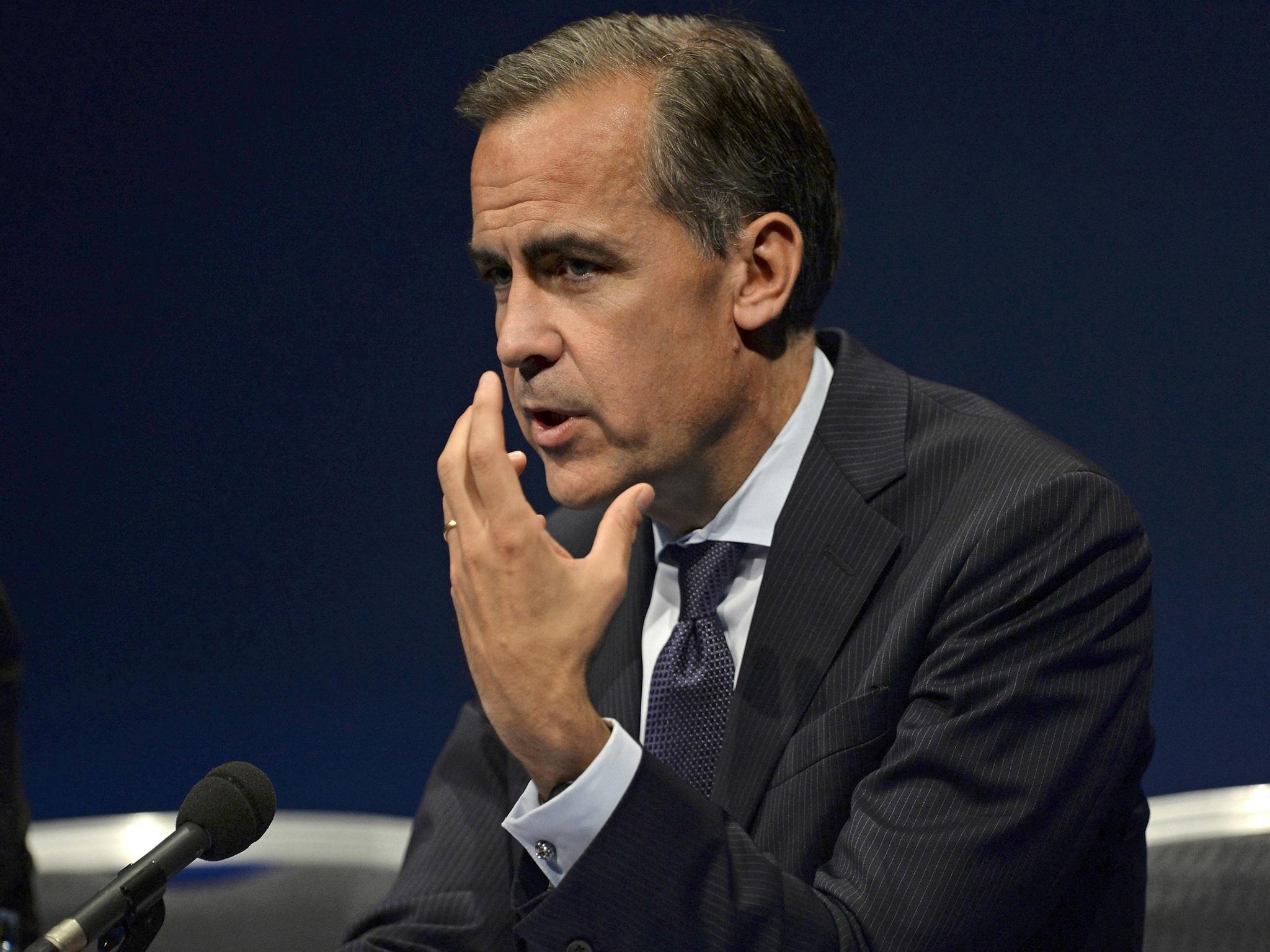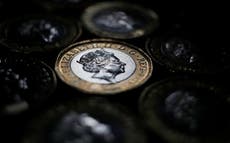Five things to watch out for on interest rates this week
Governor Mark Carney is right to inject uncertainty. You don’t want the markets to get ahead of reality, and maybe they have become a little too complacent


We know interest rates will go up everywhere, including the UK. But we have very little feeling for the timing and magnitude. True, ’twas ever thus. Interest rates are the most important single financial marker of world economic activity – in part shaped by it, in part shaping it – and if anyone knew their path they would have a pretty clear picture of the world economy too. But we are at an inflection point now. The US is already moving, we are probably moving, even Europe will eventually move, and China, under its new central bank governor, Yi Gang, is tightening policy as well. So the great experiment of ultra-easy monetary policy, never tried on this scale before, is ending. But how?
Let’s start with the UK, for while it is the least important of the major central banks, it matters a lot to Brits. Mark Carney, governor of the Bank of England, was in “unreliable boyfriend” mode last week. (The characterisation came from Pat McFadden, an MP on the Treasury Select Committee in 2014, when Carney seemed to be blowing hot and cold over policy.) Just about everyone was expecting the bank to increase rates at its meeting next month, until he gave a speech suggesting caution. Gilts duly rose and sterling fell on his remarks.
This week there are two bits of new data. On Friday there is the first estimate of GDP for the January/March quarter. It will be weak, partly because of the weather, partly because of the continuing Brexit-related uncertainty, so the question will be whether it is so weak as to postpone the rise in rates. I am, however, suspicious of these estimates of GDP, which are invariably revised – sometimes many years after the event. For a more precise indicator, look at the public finance figures on Tuesday, and in particular at VAT receipts and National Insurance contributions for March. They are not perfect measures of what is happening, but VAT covers half of consumer spending while NICs tell you about the nation’s wage bill. If people are still buying stuff and if employers are still hiring, we can all relax a bit. If either number falls short, then that’s the time to worry.
As for the unreliable boyfriend charge, actually the governor is right to inject uncertainty. You don’t want the markets to get ahead of reality, and maybe they have become a little too complacent. My best guess is that the UK will get two rate increases this year, one on May and the other in November, but that is just based on my intuition.
They are also complacent in the US, where the debate focuses on whether there will be two, three or four interest rate increases this year. The next Federal Reserve meeting is not until 1 May but we will get first quarter US GDP figures at the end of this week, and a feeling for the second quarter in purchasing manager indices. The general expectation is for growth at an annual rate of a little over 2 per cent, but there is the tax cut stimulus to come. It is kind of obvious: if you have a looser fiscal policy and you are close to full capacity, you have to offset that tighter monetary policy. The US is at the later phase of its economic cycle; the issue is how long can it go on expanding? My guess, for what it is worth, is that four rises in rates this year is more likely than three, but this is probably a minority view.
In Europe there will be no rise in rates, despite the need for that to happen for Germany. The ECB has to set a single rate for the very diverse region – that is the nature of the eurozone. But we should catch more of a feeling for how the QE aspect of ECB policy is shaping up on Thursday. Don’t expect much. UBS, the Swiss bank, is good on this and expects it to wait until the next meeting on 14 June. UBS analysts think it will wind down its QE programme at the end of September. And what about rate rises?
“We continue to forecast the first hike in the deposit rate (from -0.4% to -0.2%) for July 2019, followed by a second depo hike (from -0.2% to zero) in September 2019,” the latest report UBS states.
That judgment may well turn out right, but it is strange that the supposedly booming European economy needs sub-zero rates for another 18 months. Rationally, this cannot be right.
The fifth thing to look for is what will happen in the world’s second largest economy, China. The People’s Bank of China’s deposit and loan rates have not moved since 2015, but the banks that report to it are being encouraged to offer slightly higher deposit and loan rates to their customers. The authorities want to discourage excessive borrowing and offer savers a better return, without formally changing policy.
So what does all this mean? I suggest two takeaways. One is that when the history of this economic cycle is written in years to come the central banks will be much criticised for holding rates down for too long. The other is that rates now will rise faster than most people expect. But as I said at the beginning no one can know. That is what makes it so fascinating.


Join our commenting forum
Join thought-provoking conversations, follow other Independent readers and see their replies